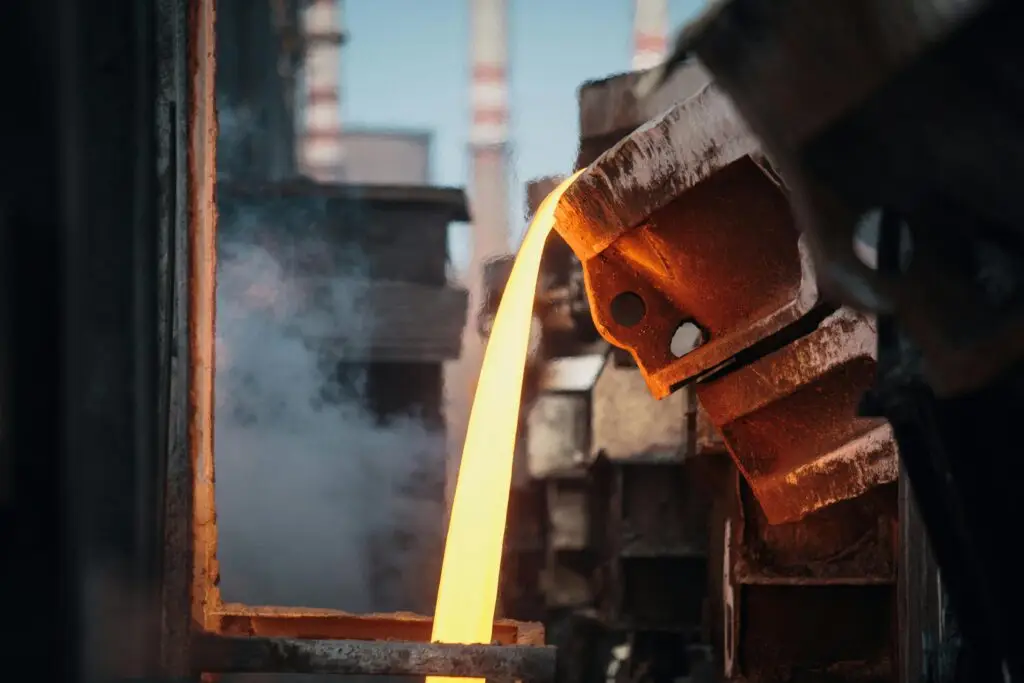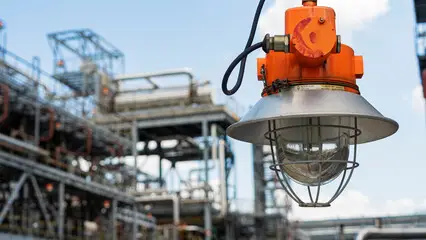Introduction
As industrial safety regulations evolve, hazardous location lighting continues to advance, providing safer, more energy-efficient, and compliant solutions for high-risk environments. In 2025, the demand for explosion-proof, corrosion-resistant, and smart-enabled hazardous lighting is growing across oil and gas facilities, chemical plants, and industrial sites. This guide explores the top hazardous lighting solutions available in 2025, highlighting cutting-edge technologies, compliance standards, and energy-efficient advancements.
Key Trends in Hazardous Lighting for 2025
1. Explosion-Proof LED Lighting Advancements
- IP66/IP67-rated fixtures for extreme weather conditions.
- Up to 150 lumens per watt for improved efficiency.
- Aluminum alloy enclosures for corrosion resistance in offshore and chemical facilities.
2. Smart Hazardous Location Lighting
- IoT-enabled controls for remote dimming and monitoring.
- Wireless integration with industrial automation systems.
- Occupancy and motion sensors to optimize energy use.
3. High-Performance Corrosion-Resistant Fixtures
- Marine-grade stainless steel housings for saltwater environments.
- UV-resistant, explosion-proof polycarbonate lenses for long-term durability.
- ATEX and IECEx compliance for international safety standards.
Top Hazardous Lighting Solutions for 2025
| Lighting Solution | Key Features | Best For |
|---|---|---|
| Explosion-Proof High Bay LED Lights | UL 844-certified, 50,000+ hour lifespan, heat-resistant aluminum | Oil refineries, chemical plants, heavy manufacturing |
| Smart Industrial Floodlights | Wireless dimming, motion sensors, corrosion-resistant | Offshore platforms, warehouses, loading docks |
| Vapor-Tight Linear LED Fixtures | IP69K-rated, waterproof, NSF-rated for food processing | Pharmaceutical facilities, cleanrooms, food processing plants |
| Portable Explosion-Proof Work Lights | Battery-powered, rugged design, impact-resistant | Maintenance, confined spaces, mining operations |
Compliance and Safety Standards for 2025
- NEC Article 500-506: Defines hazardous location classifications.
- UL 844 Certification: Ensures explosion-proof lighting meets electrical safety standards.
- ATEX Directive (Europe) & IECEx (International): Required for global hazardous locations.
- RoHS & DLC Compliance: Guarantees eco-friendly, energy-efficient LED options.
Choosing the Right Hazardous Location Lighting
- Assess Hazard Classifications: Select lighting based on Class I, II, III divisions for gas, dust, and fiber hazards.
- Check Ingress Protection Ratings: Ensure IP65+ ratings for dustproof and waterproof performance.
- Prioritize Longevity & Efficiency: Opt for LED fixtures with a 50,000+ hour lifespan and 120+ lumens per watt.
- Evaluate Smart Lighting Features: Look for remote monitoring, dimmability, and automation compatibility.
Conclusion
In 2025, hazardous lighting solutions are more advanced, durable, and energy-efficient than ever before. Businesses operating in high-risk industrial environments should invest in certified explosion-proof LED lighting, smart controls, and corrosion-resistant fixtures to enhance safety, meet compliance standards, and reduce operational costs.
Would you like this formatted for direct CMS upload?


